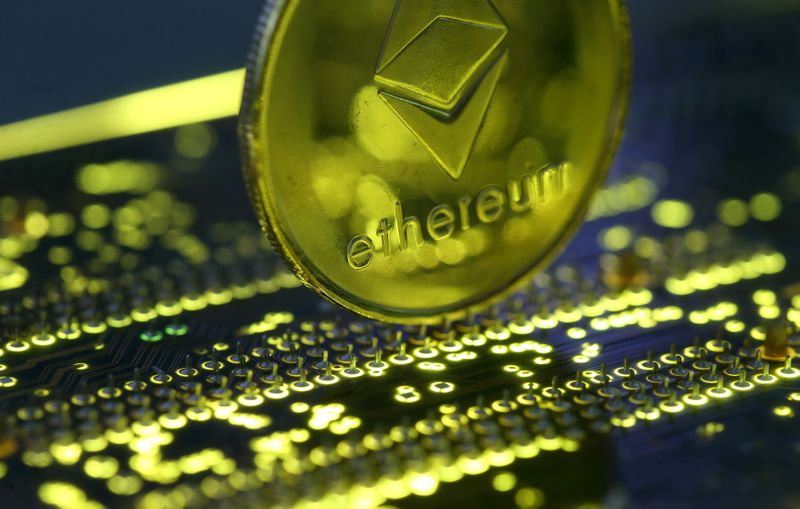The Ethereum blockchain, grappling with scalability issues, is eyeing Layer Two (L2) scaling solutions and rollups to enhance its capacity, speed, and efficiency. As the demand for blockchain technology grows, the need for scalable solutions continues to rise, making L2 scaling solutions a promising method to handle this problem.
Neal Tompkins (NYSE:TMP), a prominent figure in the blockchain community, emphasized the importance of L2 scaling in an interview on Thursday. He explained that L2 scaling solutions are supplementary protocols or networks that run on top of Layer One blockchains, thereby enhancing scalability by executing transactions off-chain or via sidechains. This allows transactions to occur faster and at a lower cost since they do not need to be processed directly on the Layer One blockchain.
Tompkins cited examples of L2 scaling solutions such as the Lightning Network for Bitcoin. This protocol establishes a network of payment channels that enable quick and affordable transactions by allowing off-chain transactions, thereby reducing network congestion on Bitcoin.
While these solutions offer numerous benefits like improved throughput of blockchain networks, lower transaction costs, faster confirmation times, and enhanced privacy, challenges persist. Key among them are interoperability across different Layer One blockchains, maintaining high security standards to protect customer funds and data, and ensuring wide adoption by both developers and consumers.
In addition to L2 solutions, Ethereum is exploring the use of rollups as a potential solution to its scalability woes. Rollups process off-chain transactions and only enter the end result onto the blockchain. This approach significantly reduces the amount of data sent to the blockchain, making it more economical.
The so-called danksharding system is emerging as an alternative that will allow rollups to add data to the Ethereum blockchain. Danksharding will bring about vast amounts of free and usable space on the Ethereum blockchain for rollups.
However, achieving this requires updates to the Ethereum protocol, centered around the EIP-4844 proposal, also known as the "Shard Blob Transactions" proposal. Drafted by Ethereum co-founder Vitalik Buterin among others and published in February last year, EIP-4844 would introduce a new format for transactions that carry blobs - large amounts of data that cannot be accessed through Ethereum Virtual Machine (EVM) execution.
Despite the promise of these solutions, achieving the goal of handling 100,000 transactions per second on the Ethereum network is still a long way off. The current on-chain limit is around 25 transactions per second, with an all-time high of 1.9 million transactions per day recorded on December 9, 2022. The journey to this ambitious target will require moving much of the work off-chain, with rollups being the fastest route to ramp up transaction processing speed.
This article was generated with the support of AI and reviewed by an editor. For more information see our T&C.
